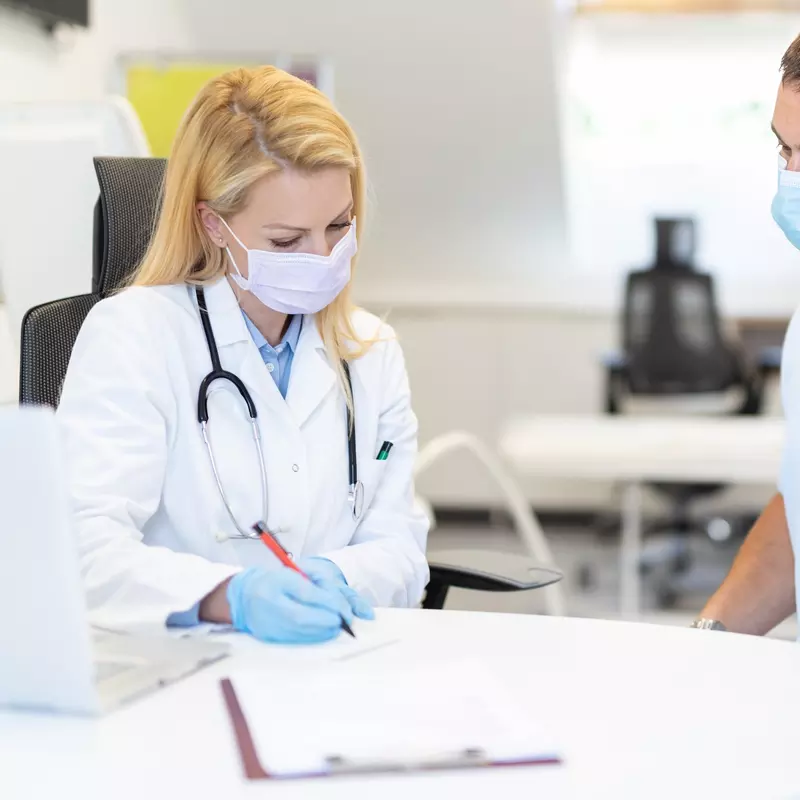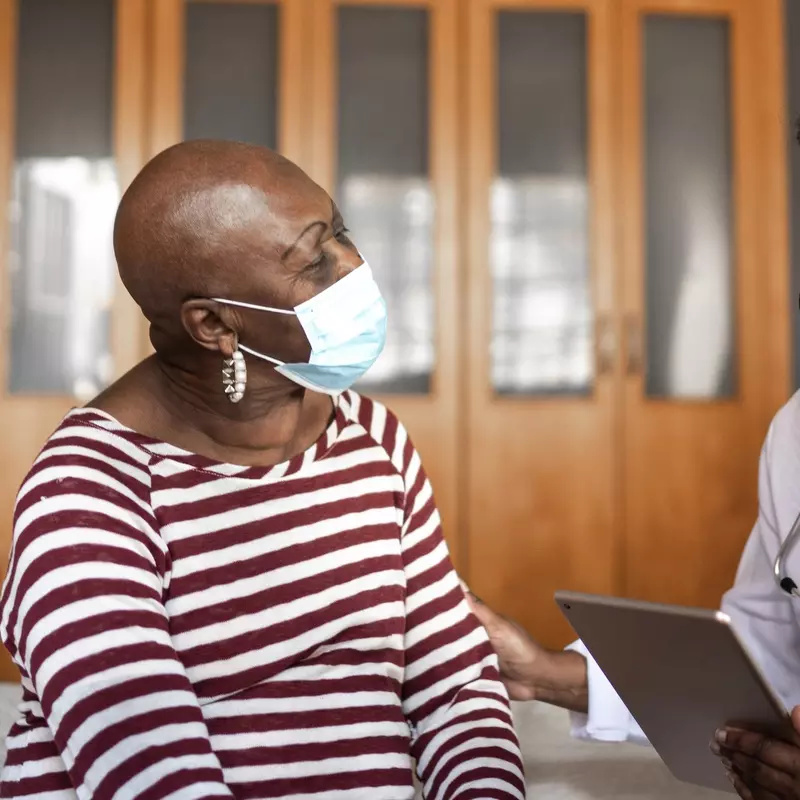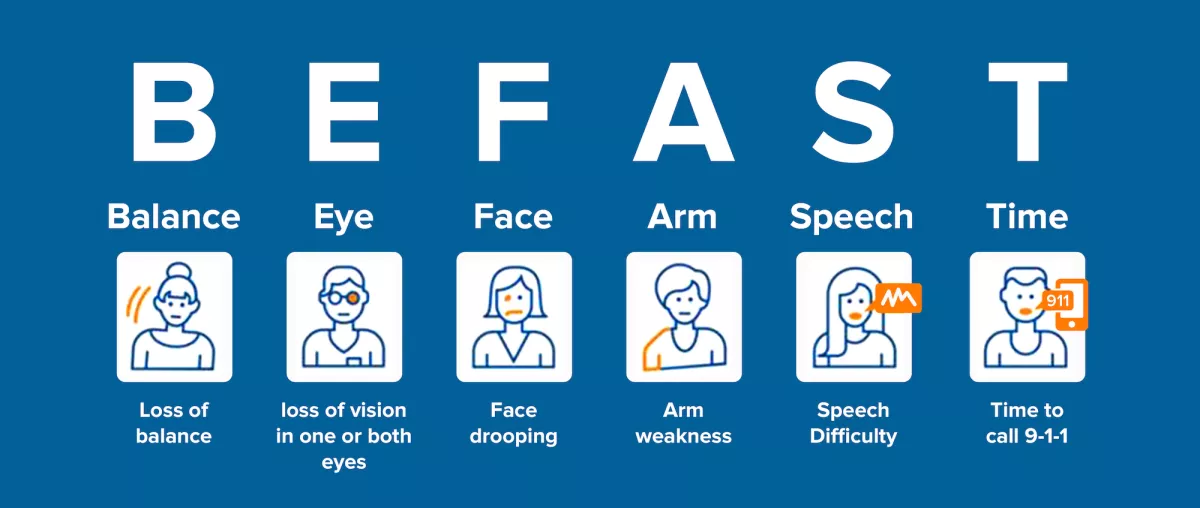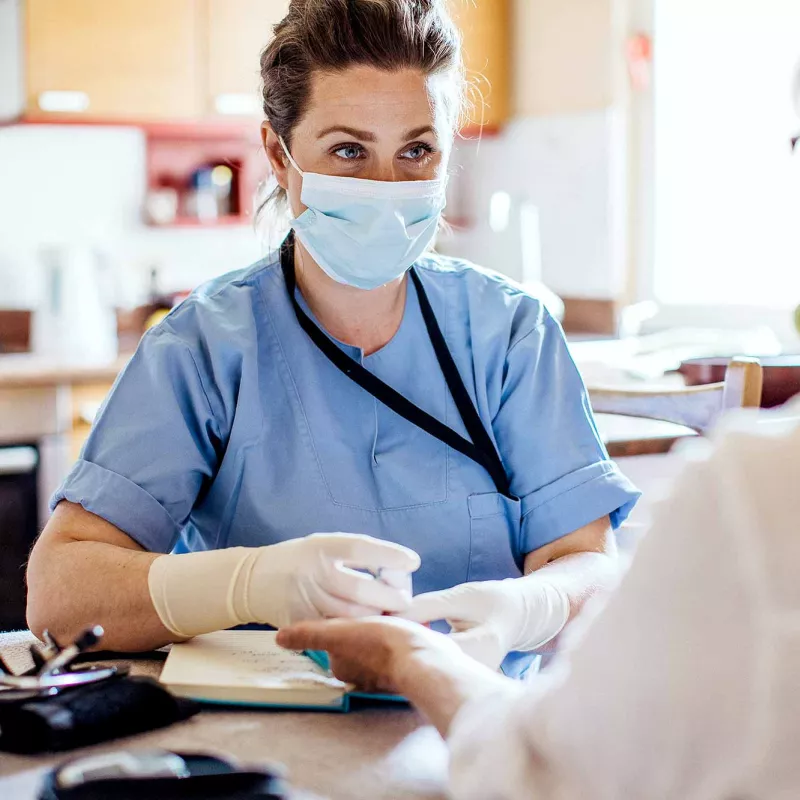Vascular Disease Treatment for a Healthier Heart
Peace of mind: it’s what you want when you’re preparing for vascular surgery. That’s why your treatment journey will be guided by one of the best teams in the nation. You don’t have to go far for comprehensive treatment — it’s waiting for you right here.
-

Abdominal Aortic Aneurysm Repair
We have one of the lowest complication rates in the country for abdominal aortic aneurysm repair.
While we can usually repair these types of aneurysms with a stent using a procedure called endovascular aneurysm repair (EVAR), open-heart surgery is sometimes required to remove the aneurysm and replace it with a graft.
-

Arterial Bypass
To address certain types of aneurysms where blockages cannot be reopened with a balloon or stent, arterial bypass surgery is used.
-

Endarterectomy
During an endarterectomy, surgeons clean out an arterial blockage — commonly in the carotid artery (the artery to the brain). The inner layer of the artery that contains the plaque is cleaned out and often repaired with a patch to minimize the risk of the blockage recurring.
-

Endovascular Therapy
Endovascular therapy describes a group of minimally invasive techniques for treating arteries and veins.
Arterial blockages are treated via catheterization: a needle is placed into the artery and dye and X-rays identify the blockage. Then a balloon or stent is placed across the area and expanded to remove the blockage.
-

Varicose and Spider Vein Therapy
The most common procedure for vein problems is ablation, an office procedure in which an IV is inserted into the vein and the vein is “burned out.”
Other treatment options include injection therapy (sclerotherapy) and phlebectomy in which small incisions are made and the veins are removed directly.




